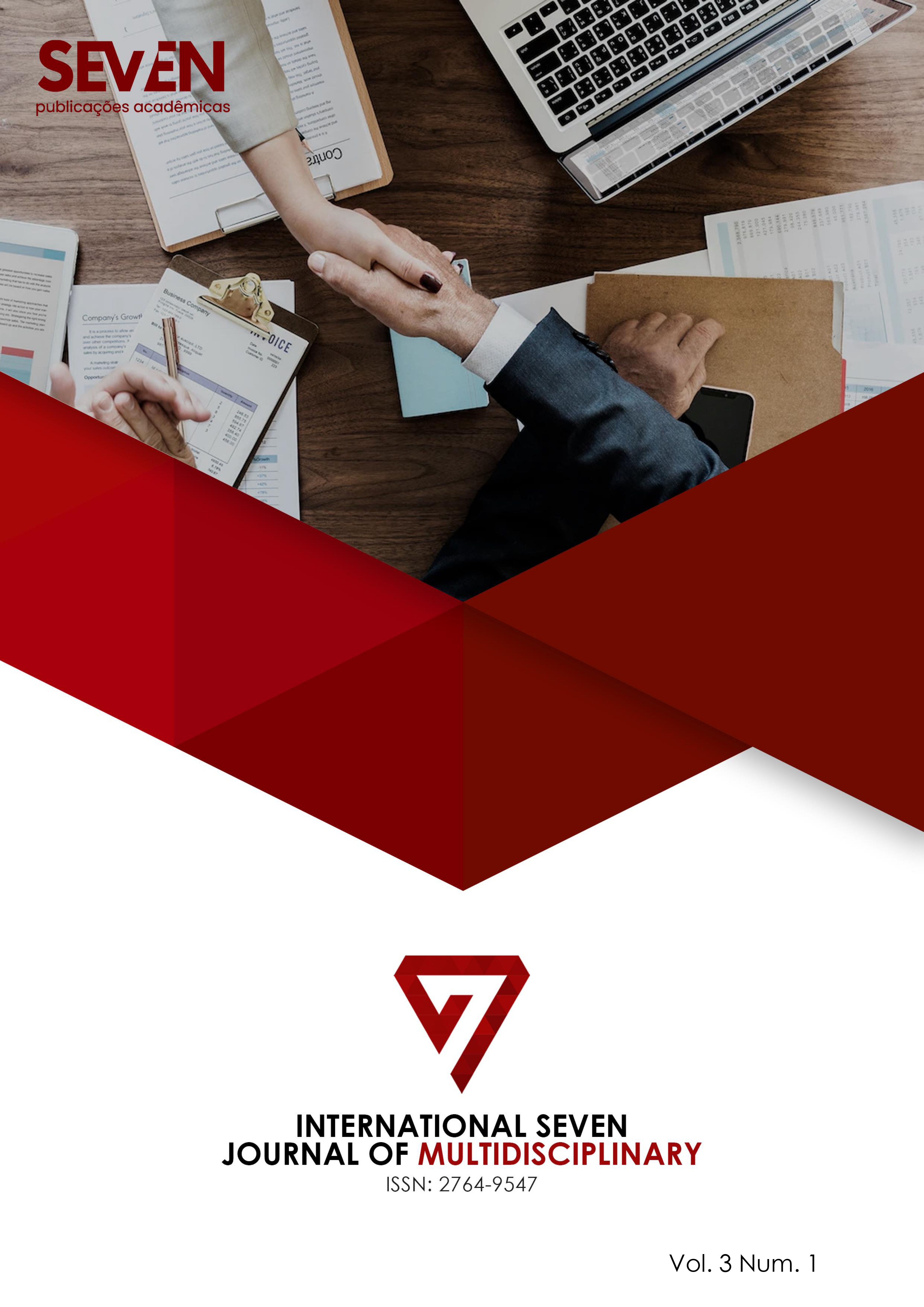ANALYSIS OF THE BEHAVIOR AND CAPACITY OF HELICAL PILES IN DIFFERENT SOIL CONDITIONS
DOI:
https://doi.org/10.56238/isevmjv3n1-038Keywords:
Helical piles, Load capacity, Soil analysis, Prediction method, Deep foundationsAbstract
Helical piles, also known as continuous helical piles or CFA piles, have gained attention in geotechnical engineering due to their efficiency and high load-bearing capacity. Studies on the axial behavior of these piles, such as those conducted by Elkasabgy and El Naggar (2015), Lanyi-Bennett and Deng (2019), and others, show that factors like helix diameter, spacing between helices, and soil conditions directly influence their performance. Analyzing the volume of soil displaced during installation is a critical component to ensure the integrity and performance of the piles, optimizing material use, and preventing structural issues such as voids and bulging. Additionally, the research revealed that helical piles offer significant advantages compared to other foundations, especially in cohesive and cohesionless soils. Numerical models and digital monitoring methods have helped improve the understanding of these piles' behavior, allowing for more accurate predictions of their load capacity. Estimates based on CPT tests have also shown great precision, with prediction methods developed to calculate the uplift capacity of piles according to their geometric parameters, such as the spacing between helices and helix diameter. These advancements are crucial for developing safer and more efficient foundation solutions. Helical piles, with their high load capacity and ease of installation, have proven to be a promising alternative, especially for applications in expansive soils and in industrial and infrastructure construction areas. The ongoing improvement of analysis and prediction techniques allows for more rigorous control of the quality and performance of these foundations, promoting their adoption in a variety of civil construction contexts.
Downloads
Published
Issue
Section
License
Copyright (c) 2024 International Seven Journal of Multidisciplinary

This work is licensed under a Creative Commons Attribution-NonCommercial 4.0 International License.


